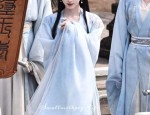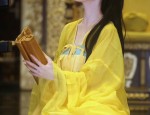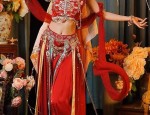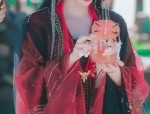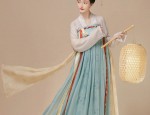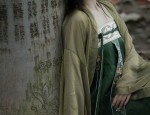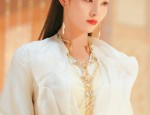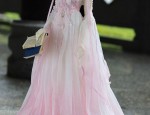The Embroidery of Cheongsams Placket Edge:A Closer Look into the Traditional Craftsmanship
In the realm of traditional Chinese clothing, the cheongsam (or qipao) stands out as a symbol of elegance and cultural heritage. What many might not realize is that behind its simple silhouette lies a wealth of intricate craftsmanship, particularly in the form of embroidery on the placket edge, known as the 'huo bian tiao' in Chinese.
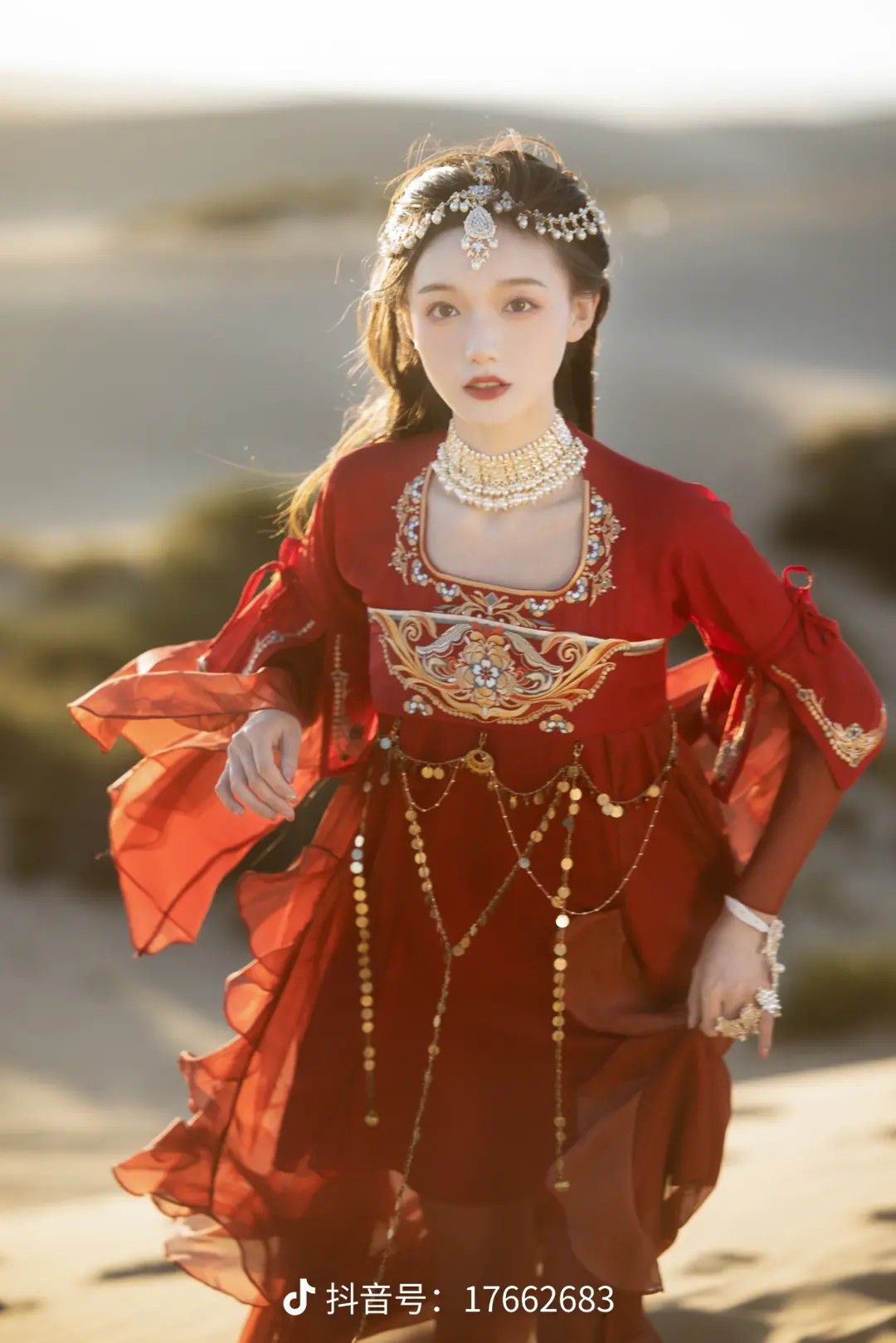
The placket edge, often in the shape of a narrow strip along the front opening of the cheongsam, is not just a functional component but also an artistic expression. It serves as a showcase for skilled craftsmanship, featuring intricate patterns and designs that speak to the rich cultural heritage of China.
The art of embroidery on the placket edge dates back to the Ming and Qing dynasties. Using various techniques like running stitching, cross stitching, and knot stitching, skilled artisans craft patterns ranging from flowers, birds, landscapes to traditional Chinese characters. The use of different colors, threads, and patterns creates a visual feast that is both aesthetically pleasing and deeply cultural.
The significance of the placket edge extends beyond its visual appeal. It also serves as a means of passing down cultural knowledge and traditions from one generation to another. The intricate patterns and designs often hold cultural or historical significance, serving as a form of visual narrative that tells stories of ancient legends or everyday life in China.
In modern times, while the cheongsam has evolved in terms of design and material, the importance of the placket edge remains unchanged. Many modern designers incorporate elements of traditional embroidery into their designs, ensuring that this rich cultural heritage is not lost. The result is a fusion of old and new, traditional and modern, that captures the essence of modern fashion with a deep respect for cultural traditions.
However, with the advent of modern technology and changing consumer preferences, the art of embroidery on the placket edge is facing challenges. Many young designers are looking to experiment with new techniques and materials, while maintaining the essence of traditional craftsmanship. This has led to a revival of interest in this traditional craft, with many workshops and schools teaching the art of embroidery to a new generation of learners.
In conclusion, the placket edge of the cheongsam is not just a piece of cloth; it is a testament to China's rich cultural heritage and skilled craftsmanship. By exploring and preserving this aspect of traditional Chinese clothing, we are not just preserving a piece of history but also ensuring that this rich cultural heritage is passed down to future generations. As we move forward in time, let us not forget the importance of preserving and nurturing these traditional crafts that form the backbone of our cultural identity.
The art of embroidery on the cheongsam's placket edge is an integral part of China's rich cultural heritage. By exploring its history, significance, and modern relevance, we can better appreciate the craftsmanship and effort that goes into creating this beautiful piece of clothing that represents not just fashion but also a deep-rooted cultural tradition.

 Previous Post
Previous Post

